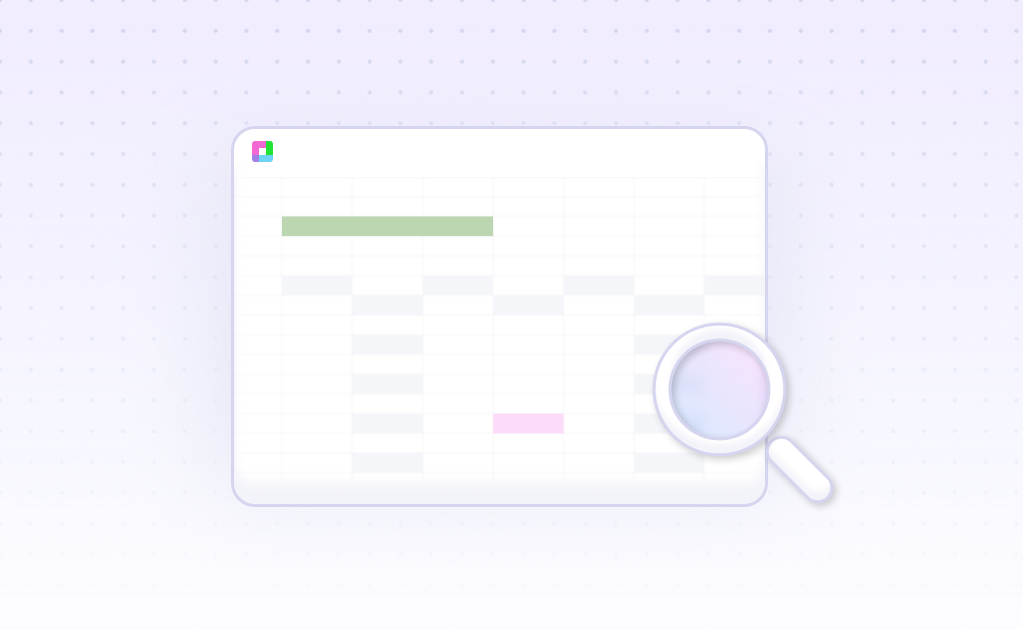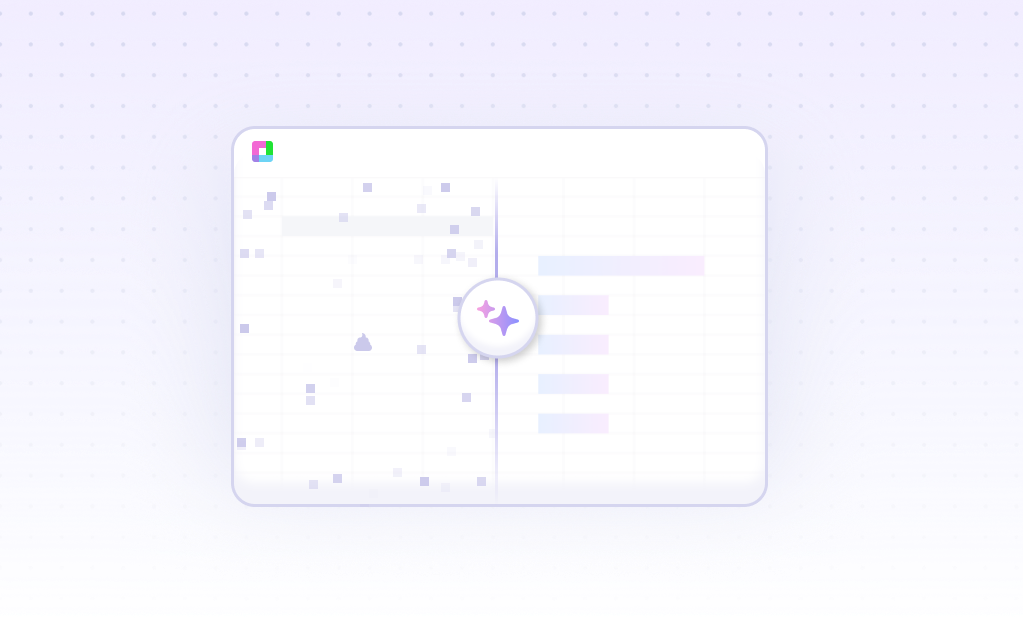
Turn Influencer Chaos into Clear Campaign Success
Remember the last time you tried to measure your influencer campaign's success? Juggling spreadsheets, manually calculating engagement rates, and trying to figure out which creator actually moved the needle? We've all been there – drowning in screenshots of analytics dashboards and wondering if that micro-influencer with 10K followers actually delivered better ROI than the celebrity endorsement.
Here's the thing: influencer marketing analysis doesn't have to feel like solving a Rubik's cube blindfolded. With the right data analysis approach, you can transform those messy campaign metrics into crystal-clear insights that actually guide your next marketing move.
Why Smart Marketers Choose Data-Driven Influencer Analysis
Discover the key benefits
ROI Clarity
Calculate true campaign ROI by tracking cost per engagement, conversion rates, and lifetime customer value across all influencer partnerships.
Performance Benchmarking
Compare influencer performance across platforms, audience sizes, and content types to identify your highest-performing partnerships.
Audience Quality Scoring
Analyze engagement quality, audience demographics, and follower authenticity to avoid fake influence and focus on genuine reach.
Campaign Optimization
Identify peak posting times, content formats, and messaging that drives maximum engagement and conversions for your brand.
Real-World Influencer Analysis Examples
Example 1: Beauty Brand Campaign Analysis
A cosmetics company ran campaigns with 50 beauty influencers across Instagram and TikTok. Instead of just looking at likes and follows, they tracked:
The analysis revealed that mid-tier influencers (50K-200K followers) delivered the best ROI, with tutorial content generating 5x more conversions than product showcases.
Example 2: Fitness App Launch Campaign
A fitness startup worked with 25 health and wellness creators to promote their new workout app. Key metrics analyzed:
The data showed that authentic product demonstrations by fitness professionals generated 8x more app installs than generic promotional posts, even with smaller follower counts.
Example 3: Fashion E-commerce Holiday Campaign
An online fashion retailer partnered with 30+ style influencers for their Black Friday campaign. Analysis focused on:
Results showed that Instagram Stories with swipe-up links generated 60% more conversions than feed posts, and influencers who styled multiple outfits had 45% higher average order values.
Your Step-by-Step Influencer Analysis Workflow
Discover the key benefits
Data Collection Setup
Gather campaign data from social platforms, UTM tracking, promo codes, and analytics tools. Import everything into your analysis workspace for unified reporting.
Performance Metrics Calculation
Calculate engagement rates, reach efficiency, cost per interaction, and conversion metrics. Use AI-powered formulas to automate complex calculations across all campaigns.
Comparative Analysis
Compare influencer performance across platforms, content types, and audience segments. Identify top performers and underperforming partnerships with visual dashboards.
ROI & Attribution Modeling
Track customer journey from influencer touchpoint to purchase. Calculate true ROI including long-term customer value and brand awareness impact.
Insights & Recommendations
Generate actionable insights for future campaigns. Identify optimal influencer profiles, content strategies, and budget allocation for maximum impact.
Transform Every Marketing Challenge
Discover the key benefits
Campaign ROI Optimization
A marketing team reduced influencer spend by 30% while increasing conversions by 45% by identifying which creator partnerships actually drove sales vs. just engagement.
Fraud Detection & Prevention
An agency discovered that 25% of their influencer partnerships involved fake engagement, saving their client $50K in wasted ad spend by switching to authentic creators.
Content Strategy Refinement
A beauty brand discovered that product tutorials generated 5x more sales than lifestyle posts, reshaping their entire content brief strategy for influencer partnerships.
Budget Allocation Mastery
A startup maximized their limited marketing budget by identifying that micro-influencers in specific niches delivered 3x better ROI than celebrity endorsements.
Long-term Partnership Planning
A fashion retailer identified their top 10% of influencer partners who consistently drove repeat purchases, creating exclusive long-term ambassador programs.
Advanced Influencer Analysis Techniques
Audience Overlap Analysis
Smart marketers don't just look at follower counts – they analyze audience overlap to avoid paying multiple influencers to reach the same people. Here's how to calculate it:
Overlap Efficiency = (Unique Reach ÷ Total Reach) × 100
If three influencers have a combined reach of 500K but only reach 300K unique users, your overlap efficiency is 60%. Aim for 80%+ to maximize budget impact.
Engagement Quality Scoring
Not all engagement is created equal. A comment saying 'Nice!' carries less weight than 'Where can I buy this?' Here's a simple quality scoring system:
Calculate: Quality Score = (High-intent × 3 + Medium × 2 + Low × 1) ÷ Total Engagements
Attribution Window Analysis
Influencer impact doesn't always happen immediately. Track conversions across different time windows:
This helps you understand which influencers drive quick action vs. those who build lasting brand awareness that converts over time.
Frequently Asked Questions
How do I track ROI when influencers use multiple promotional methods?
Use a multi-touch attribution model that assigns weighted value to each touchpoint. Combine UTM parameters, promo codes, and social listening data to track the full customer journey. Most successful campaigns see 40-60% direct attribution and 40-60% assisted conversions.
What's the difference between reach and impressions in influencer analysis?
Reach represents unique individuals who saw the content, while impressions count total views (including repeat views). For influencer analysis, focus on reach for awareness campaigns and impressions for engagement campaigns. A healthy reach-to-impression ratio is typically 1:2 to 1:4.
How do I measure the long-term brand impact of influencer campaigns?
Track brand mention sentiment, search volume increases, and customer lifetime value of influencer-acquired customers. Set up 90-day and 180-day tracking windows to measure sustained impact beyond immediate conversions. Many successful influencer campaigns show 25-40% of their value in long-term brand building.
What metrics should I prioritize for B2B influencer campaigns?
Focus on engagement quality over quantity, lead generation metrics, and thought leadership indicators. Track white paper downloads, webinar attendance, and LinkedIn profile visits. B2B influencer campaigns typically have lower engagement rates (1-3%) but higher conversion values.
How can I detect fake followers and engagement in my analysis?
Look for engagement rate inconsistencies, comment quality patterns, and follower growth spikes. Authentic influencers typically have engagement rates between 1-5% and receive diverse, meaningful comments. Sudden follower growth (>10% in a day) or repetitive comment patterns are red flags.
What's the best way to compare micro vs. macro influencer performance?
Use cost-per-engagement and cost-per-conversion metrics rather than absolute numbers. Micro-influencers (10K-100K followers) often have 2-3x higher engagement rates and better conversion rates, while macro-influencers provide broader reach and brand credibility.
Frequently Asked Questions
If your question is not covered here, you can contact our team.
Contact Us




